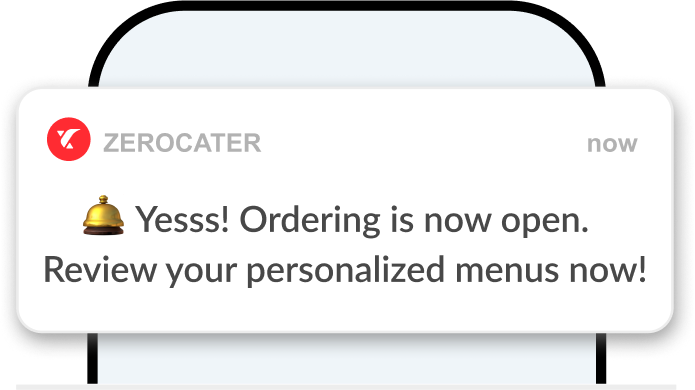Employee illness results in sick days and productivity loss that costs U.S. companies in excess of $227 billion every year. That’s a massive blow to any company’s bottom line, and the figure doesn’t even take into account diminished employee output caused by wellness-related concerns.
The ROI On Corporate Wellness Programs
The health of your workforce ultimately helps determine the health of your company. Protect that investment by instituting a corporate wellness program that promises to pay off some surprising dividends.
Getting Your Staff Moving
Exercise works. More importantly, employees who exercise work better for longer and their output increases in quality. How can you inspire employees to move more? It’s easy:
- Obtain discounted or free memberships to gyms, yoga and Pilates studios, and CrossFit programs
- Install a gym on site
- Form company teams and compete in a marathon or mud run
- Offer standing desks as an alternative
Unsurprisingly, exercise programs are more effective when they’re instituted from the top down. Employees are less self-conscious about setting aside time for exercise if they see their CEO doing the same.
Programs that take the family into account only serve to increase ROI. Parents are more likely to attend regular gym classes if the facility has on-site child care and company field days or sponsored 5Ks with activities for their children, which allow everyone to get involved.
Committing to Better Nutrition
There’s a bit of stigma attached to office treats and working lunches. Traditionally, break rooms are far more likely to be stocked with leftover birthday cake and Monday-morning donuts than veggie wraps and fresh fruit, and that’s a problem. Healthy eating in the workplace has a positive effect on both mental and physical fitness, playing a part in:
- Reducing the risk of serious illnesses such as heart disease and some types of cancer
- Reducing anxiety and assisting in stress management
- Improving mood, boosting energy, and contributing to better self-esteem
Companies can support their workers’ dietary goals and contribute to increased productivity in the process by re-evaluating menu options in the corporate dining room or having regularly catered lunches with heart-healthy, balanced, and (above all) delicious dishes that provide plenty of nutrients.
Not only do healthy catered lunches help combat the typical mid-afternoon productivity slump and promote long-term wellness, having food available in the office means that employees don’t have to venture out of the building for sustenance. Whether it’s a breakfast buffet in the conference room or fresh, just-delivered family-style meals served during a late-night paperwork push, it’s easier for employees to remain focused, available, and on task when they’re not hungry and tired.
Setting Up a Rewards Program
Even when employee wellness programs promise positive returns, it can take some incentives to get everyone on board. Those incentives often come in the form of rewards programs that recognize and compensate those who decide to embrace wellness in the workplace, such as:
- Verbal or written praise from management
- Paid time off
- Gift cards
- A bonus or other monetary prize based on milestones (days of healthy eating, weight loss, exercise classes attended at the corporate gym)
- Tangible rewards such as electronics, branded swag or an engraved plaque
- Group rewards like a new juice machine for the cafeteria
The benefits of corporate wellness programs are as abundant as they are varied, but one thing is certain: They work. A Chapman Institute review of 42 corporate wellness studies found that those plans lead to an impressive 25 percent reduction in employee absences and sick leave. How’s that for ROI?
Sources
- 5 ways wellness reduces costs – Part 2: sick-leave costs
- The High Cost of Taking a Sick Day
- The ROI of Employee Wellness Programs
- What’s the Hard Return on Employee Wellness Programs?
- 3 Steps for Increasing the ROI on Your Corporate Wellness Program
- The importance of eating breakfast for improved productivity
 to plan your catering
to plan your catering

